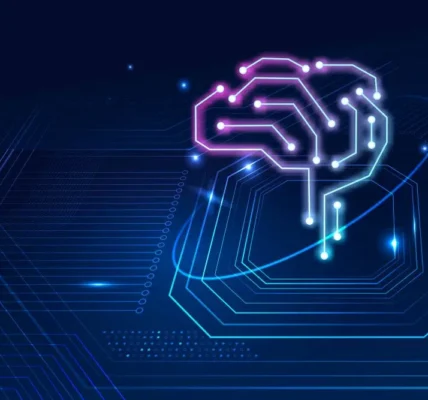The rapid evolution of generative AI is reshaping the business landscape. As we move towards 2025, organizations across industries integrate AI-driven solutions to enhance efficiency, reduce costs, and foster innovation. Here are five key ways generative AI is set to transform business operations shortly.
1. Automating Content Creation and Personalization
Generative AI is revolutionizing content creation, enabling businesses to generate high-quality text, images, videos, and even music at scale. Marketing teams are leveraging AI-powered tools to craft personalized ad copy, blog posts, and social media content, ensuring messages resonate with specific audience segments. Additionally, AI-driven recommendation engines enhance customer experiences by delivering highly personalized product suggestions and communication.
2. Enhancing Customer Support with AI Chatbots
Customer service is undergoing a significant transformation with AI-powered chatbots and virtual assistants. These advanced AI systems can understand and respond to customer inquiries with human-like accuracy. By 2025, AI chatbots will handle an even larger share of customer interactions, reducing response times and improving overall customer satisfaction. Businesses will benefit from significant cost savings, allowing human agents to focus on more complex and high-value tasks.
3. Streamlining Supply Chain and Logistics
Generative AI optimises supply chain operations by predicting demand fluctuations, identifying potential disruptions, and automating inventory management. Businesses use AI-driven simulations to test various supply chain scenarios, ensuring resilience against unexpected changes. AI-powered logistics solutions also optimise routes, leading to cost reductions and faster delivery times.
4. Accelerating Software Development and Automation
The software development landscape is being reshaped by AI-driven coding assistants that can generate code, detect errors, and even suggest optimizations. By 2025, businesses will rely more heavily on AI to automate routine coding tasks, enabling developers to focus on strategic innovation. AI-generated low-code and no-code platforms will further empower non-technical employees to create applications, streamlining business processes and boosting efficiency.
5. Driving Data-Driven Decision-Making
Data is the backbone of modern business strategy, and generative AI enhances the ability to extract actionable insights. AI-powered analytics platforms can process vast amounts of data, identifying patterns and predicting future trends with unprecedented accuracy. By 2025, businesses will increasingly rely on AI-driven decision-making tools to guide strategic planning, risk assessment, and market expansion initiatives.
Conclusion
The next few years will witness an accelerated adoption of generative AI across industries, transforming how businesses operate, engage with customers, and make decisions. Companies that embrace AI-driven innovations will gain a competitive edge, unlocking new efficiencies and revenue opportunities. As we approach 2025, the fusion of AI and business operations will be an advantage and a necessity.




